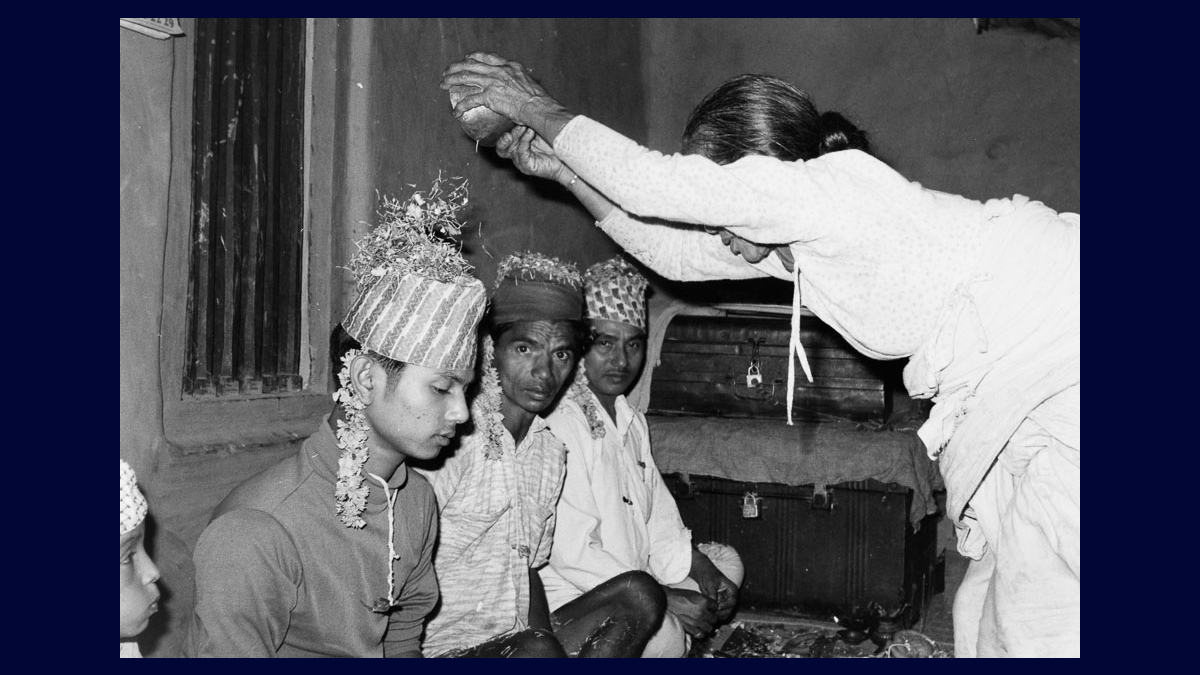
Bhaitika Celebration Unveils Unique Traditions Across Nepal
As the vibrant festival of Tihar reaches its pinnacle, the auspicious occasion of Bhaitika, celebrated on the fifth and final day, encapsulates a variety of distinctive methods and traditions in different regions of Nepal. Despite the diversity, the significance of Bhaitika remains consistent, symbolizing the reinforcement of the profound bond between brothers and sisters while ushering in prosperity and unwavering good fortune.
Today, on the main day of Tihar, siblings engage in a heartwarming celebration, exchanging Tika and blessings. According to the Nepal Panchang Adjudicatory Development Committee, the opportune time for the Bhaitika ritual is identified as 10:51 in the morning.
The preparatory rituals commence a day earlier when sisters extend invitations to their brothers, accompanied by offerings such as betel nuts. The day of Bhaitika witnesses collaborative preparations of the puja materials, including items like Kalash, lamps, Ganesha idol, walnuts, mustard oil, Bimiro (a sacred herb), flower garlands, dubo (grass), and lava (rolled rice).

Newari grandmother blessing the men in the family on Bhai Tika in 1970 AD.
Before the Bhaitika ceremony begins, certain rituals are performed. Sisters commence the day by worshiping lamps, Kalash, and Ganesha, along with the Bimiro placed during the Lakshmi Puja. According to the Ashtdal mentioned in Multhali, the worship of Chiranjeevi (immortal beings) like Markandeya, Ashwatthama, Bali, Beas, Hanuman, Vibhishana, Kripacharya, and Parashuram is considered essential. Additionally, homage is paid to Chitragupta, Yamaraja, Yamuna, Dharmaraja, Ganapatya, and other vegetation deities.
A customary practice involves seeking blessings for the longevity and prosperity of brothers, followed by prayers to Okhar and Yamraj at the doorstep of the house. The brother, seated for the Tika ceremony, is encircled with seven circles of water and oil, after which he is worshiped with flowers, akshata (uncooked rice), lava, and oil application to the hair.
The Bhaitika ceremony kicks off after the application of Tika. Hindu scriptures suggest the use of five colors—red, white, yellow, green, and blue—for Tika. However, various regions in Nepal adopt the custom of using seven different colors.
Post Tika application, a garland of flowers or duboka, featuring special varieties like makhamli, saypatri, and Godavari, is adorned. These garlands, distinguished by the everlasting vibrancy of their colors, hold significant importance in the Bhaitika celebration.
Following the inoculation by sisters, brothers reciprocate the gesture by applying Tika to their sisters and exchanging Dakshina (money or gifts). A delightful tradition ensues where sisters crack walnuts in a ceremony known as Sanghar, symbolizing the belief that enemies will shatter like walnut pieces.
While the methods and traditions of Bhaitika may vary across Nepal, the underlying importance remains consistent. Bhaitika Day is cherished for its ability to strengthen the intimate bond between siblings and is believed to usher in enduring good fortune and prosperity. The festival, with its rich tapestry of customs, showcases the cultural diversity and unity that defines the celebratory spirit of Tihar across the nation.













Comments